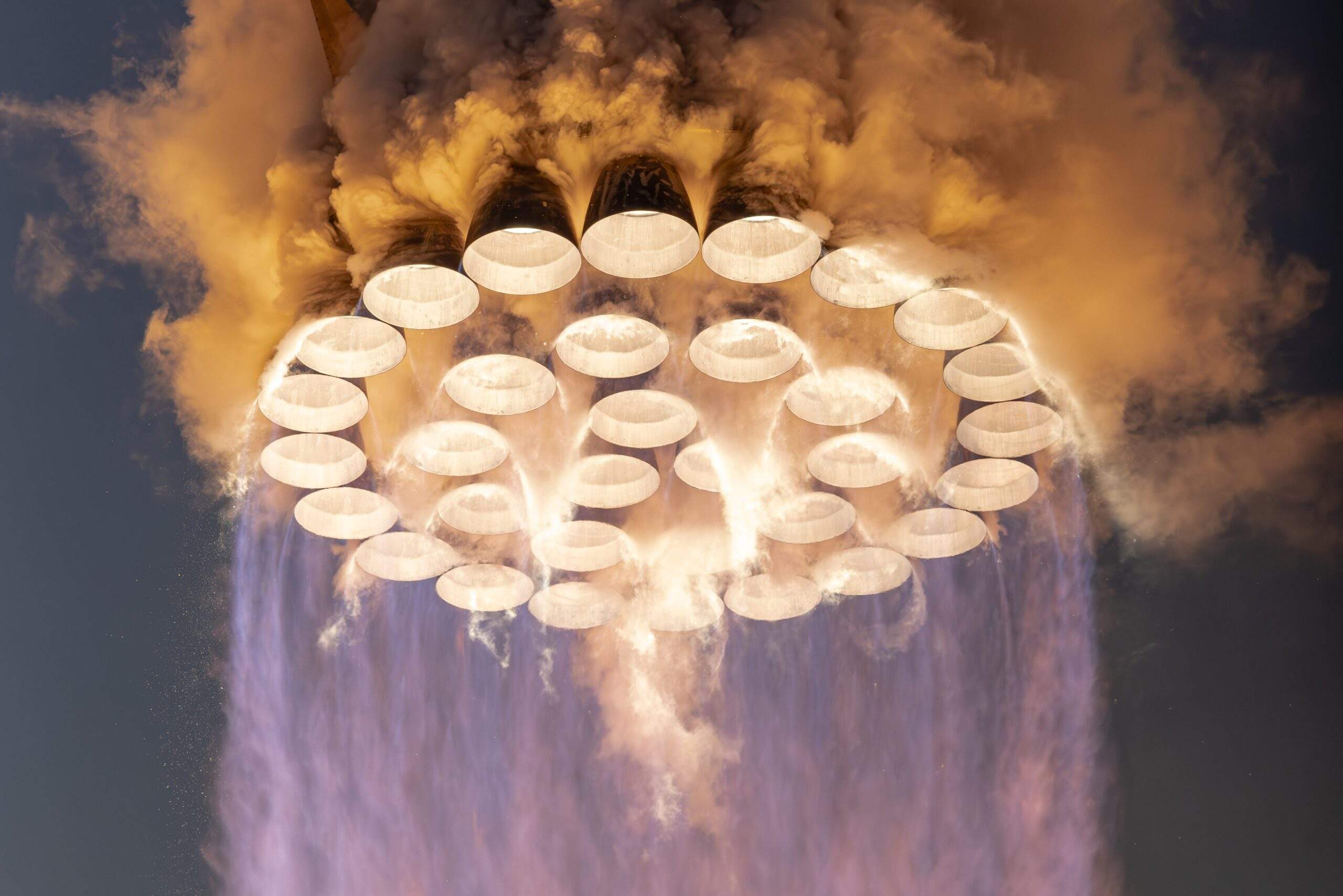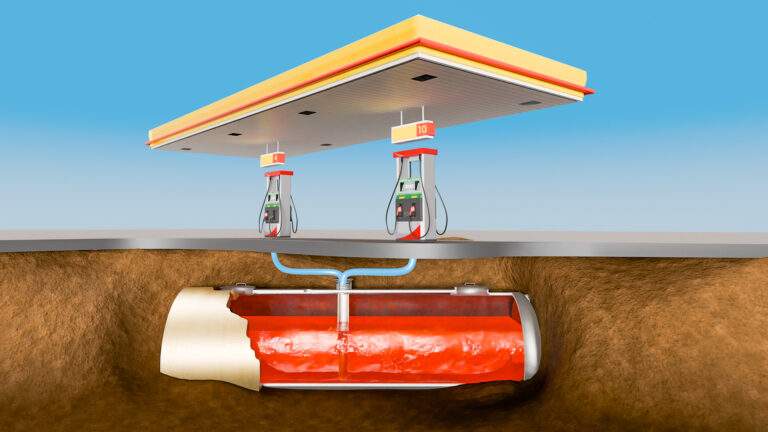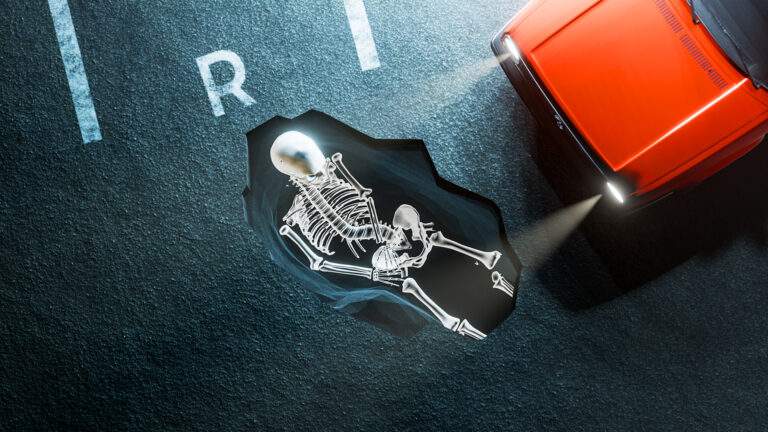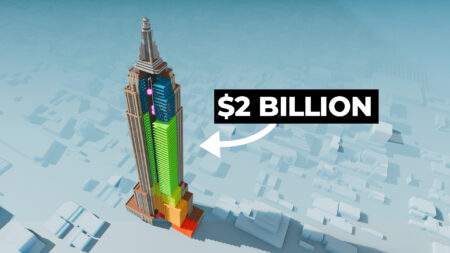When SpaceX CEO Elon Musk announced their goal of launching 100 Falcon rockets in 2023, it appeared to be a daunting number of missions. Though SpaceX did not reach this goal, all 96 Falcon launches were a success. With 2 impressive Starship test flights in addition, this culminated in a magnificent year for the world leading rocket company.
SpaceX Statistics
SpaceX launched Falcon 9 and Falcon Heavy rockets at a staggering rate throughout 2023 with a launch every 3.8 days on average. To provide some context, Rocket Lab, one of SpaceX’s closest competitors in the private market, launched their Electron rocket 10 times across the year (1 being a suborbital mission). A launch every 36.5 days.
Of the 96 Falcon launches, 91 were Falcon 9 missions and 5 were SpaceX’s triple-core Falcon Heavy rocket. SpaceX also spectacularly launched a fully stacked Starship twice.
Falcon 9 launches 23 @Starlink satellites to orbit from Florida on our 96th, and final, Falcon launch of 2023 pic.twitter.com/6UG302q8jV
— SpaceX (@SpaceX) December 29, 2023
In a fitting manner, the launch company’s final launch of the year (the Starlink Group 6-36 mission) marked SpaceX’s 300th overall mission. 294 have been successful resulting in a 98% success rate.
2023 also included 6 Dragon missions with 3 of these being crewed including a 2nd private mission to the Space Station.
Simultaneously, SpaceX continued to test the limits of 1st stage reusability this year with a single booster reaching its 19th flight with several having flown over 15 times.
The statistics show it has been a wildly successful year for SpaceX.
Whilst 96 missions in 2023 was a record for the launch company, SpaceX aim to hit 144 flights in 2024.
Starship development
The most powerful rocket ever developed completed its maiden test flight on April 20, ending in a large explosion.

Though the launch pad in Starbase experienced significant damage and the vehicle lost several engines during 1st flight, Starship’s 1st flight laid the foundations for a more successful 2nd flight.
The autonomous flight safety system (AFSS) terminated Starship’s 1st flight due to fires in the aft of the booster because of leaking propellants. Following the chaos at lift-off, a significant crater was also left under the orbital launch mount.
Due to the destruction left at the launch pad during flight 1, SpaceX introduced a flame deflection system for flight 2 in order to prevent the damage experienced from the previous launch. Numerous other upgrades were also implemented including a new hot staging separation system and the introduction of electric thrust vector control (TVC) for the Booster’s Raptor engines.
7 months on from flight 1, Starship lifted off from Boca Chica, Texas for the 2nd time. The upgrades proved effective with little damage at the pad and all 33 Raptor engines firing throughout 1st stage flight. The hot staging separation system also proved to be a success.

Though 1st stage flight and stage separation were a success, the Booster experienced a rapid unscheduled disassembly (RUD) soon after stage separation due to fuel sloshing issues.
The Ship’s 6 engines also ignited safely but contact was lost at an altitude of 150km thus ending the test flight. The launch was a marked improvement over the 1st test flight, completing several more key objectives.
Looking ahead to Starship in 2024, there could be as many as 5 flights of Starship per regulations at their Starbase launch site.
Preparations for flight 3 are in full flow as Booster 10 and Ship 28 have both undergone static fire testing. Flight 3 is expected in the 1st quarter of 2024.
Starlink
Access to Starlink internet grew throughout 2023 with Starlink now available across most of North America and Europe, large parts of South America and parts of Africa including Kenya, Nigeria, and Mozambique.

Revenue from the Starlink programme is also up as Wall Street Journal announced early this year. Starlink generated $1.4bn in revenue in 2022 which was up from $222m in 2021. The internet provider also started to turn in profits during the 1st quarter of this year. This is important as Starlink profits will partially help fund the Starship programme.
In addition, there are now over 5500 Starlink satellites in Earth orbit after SpaceX’s Falcon 9 rocket launched 63 further Starlink missions over this calendar year.
Commercial missions
While the majority of SpaceX’s missions were delivering Starlink satellites to Earth orbit, a significant number were also commercial missions including various SmallSat rideshare launches, launch of ESA’s Euclid Telescope, OneWeb satellites, and GPS III-6.
Now ESA’s Euclid Telescope is now in space, it is investigating the dark universe and the evolution of cosmic structures. To enable this, the telescope is measuring the shapes and redshifts of galaxies.

As with the Euclid telescope, the OneWeb missions were initially scheduled to launch aboard Soyuz rockets but following Russia’s invasion of Ukraine, these launches were moved to SpaceX rockets.
Crewed launches
SpaceX continued to launch astronauts to the International Space Station (ISS) throughout 2023 as the growth of private crewed missions continued.
A total of 12 astronauts were delivered to the Space Station via Dragon. 8 of those were via a space agency and 4 via Axiom Space.
Crew-6 completed a 6 month mission aboard the orbiting laboratory with 2 NASA astronauts, a cosmonaut, and another from the United Arab Emirates. The crew splashed down in the Atlantic Ocean off the coast of Jacksonville in early September. Crew-7’s mission continues aboard the ISS.

Elsewhere, Axiom Space’s collaboration with SpaceX also continued with their 2nd all private astronaut mission to the Space Station. The crew, commanded by Peggy Whitson, included 2 Americans and 2 Saudis. Though they only had a short stay aboard the ISS, the crew completed 26 research projects and 20 outreach events during their mission.
Next year also promises to be a busy year of human spaceflight for SpaceX. As many as 5 crewed launches are scheduled including 2 commercial crew missions, 2 Axiom Space missions, and the ground-breaking Polaris Dawn launch.
As part of the Polaris Dawn mission, the first extravehicular activity (EVA) by a private astronaut will be conducted from a modified Dragon spacecraft.
Falcon Heavy
You could say 2023 was the year of the Heavy for SpaceX.
Falcon Heavy conducted 5 missions across the year. The previous record for Falcon Heavy flights in a calendar year was 2 in 2019.
The missions included launch of the X-37B spaceplane, Psyche, and large communications satellites.

Perhaps the most significant of the launches were Psyche. The spacecraft will explore Asteroid 16 Psyche when it arrives in July 2029 which should tell us more about the beginnings of our solar system. The metallic asteroid is found in the main asteroid belt between Mars and Jupiter.
Though the overall cadence of SpaceX launches is expected to increase, Falcon Heavy has ‘only’ 3 missions scheduled next year. Launch of a weather satellite, a lunar lander, and Europa Clipper which is set to explore one of Jupiter’s moons.
Reusability Review
The reusability of SpaceX rockets has continued to impress onlookers with 0 failed landings throughout the year. 185 consecutive booster landings have now been conducted whilst the company have completed 259 landings in total. A mind-boggling statistic.
It should be noted that though all landings were successful, B1058 was recently damaged at sea following its 19th landing. In addition, all Falcon Heavy missions had an expendable centre core whilst the ViaSat-3 mission also expended its side boosters.
The Falcon fleet’s life leading rocket completed its 19th and final launch and landing on December 23. This one reusable rocket booster alone launched to orbit 2 astronauts and more than 860 satellites — totaling 260+ metric tons — in ~3.5 years pic.twitter.com/q1ANdGCpEg
— SpaceX (@SpaceX) December 26, 2023
Fairing half reuse also continues to impress with over 100 reuses of flight proven fairing halves with many of these coming in 2023.
So, what to expect in 2024? More launches, more landings, and more Starship test flights. Excitement is guaranteed!












